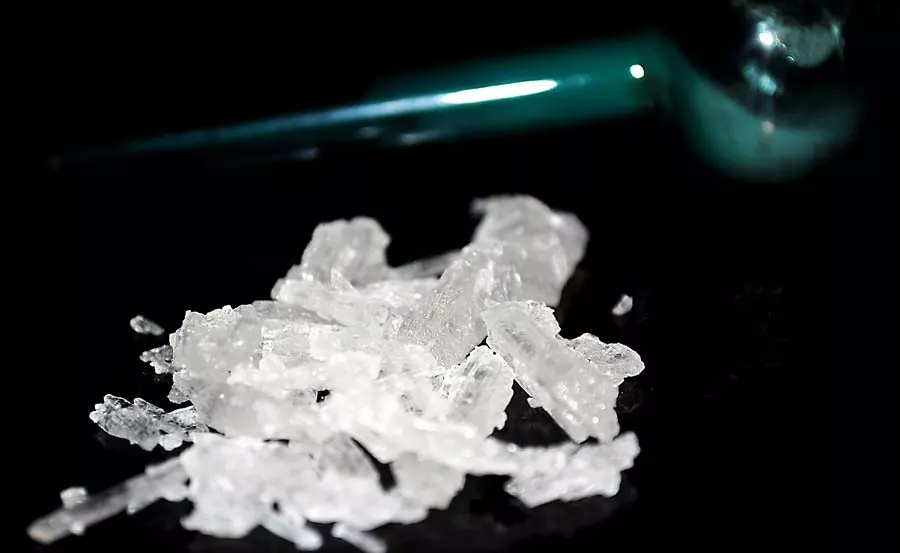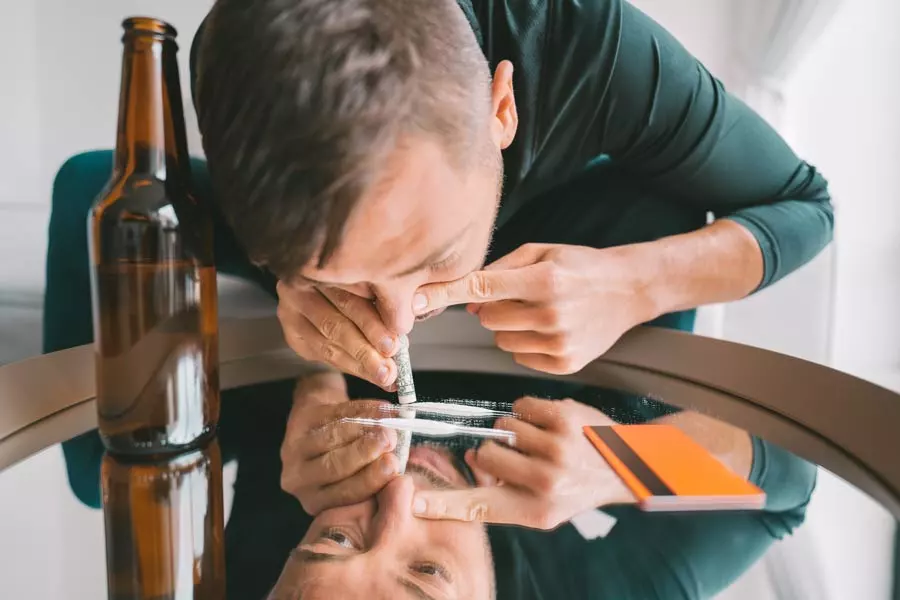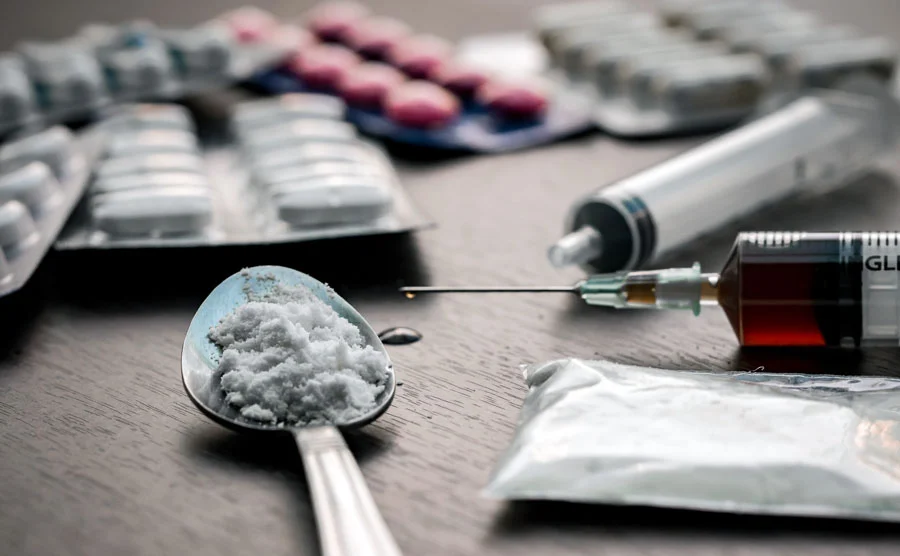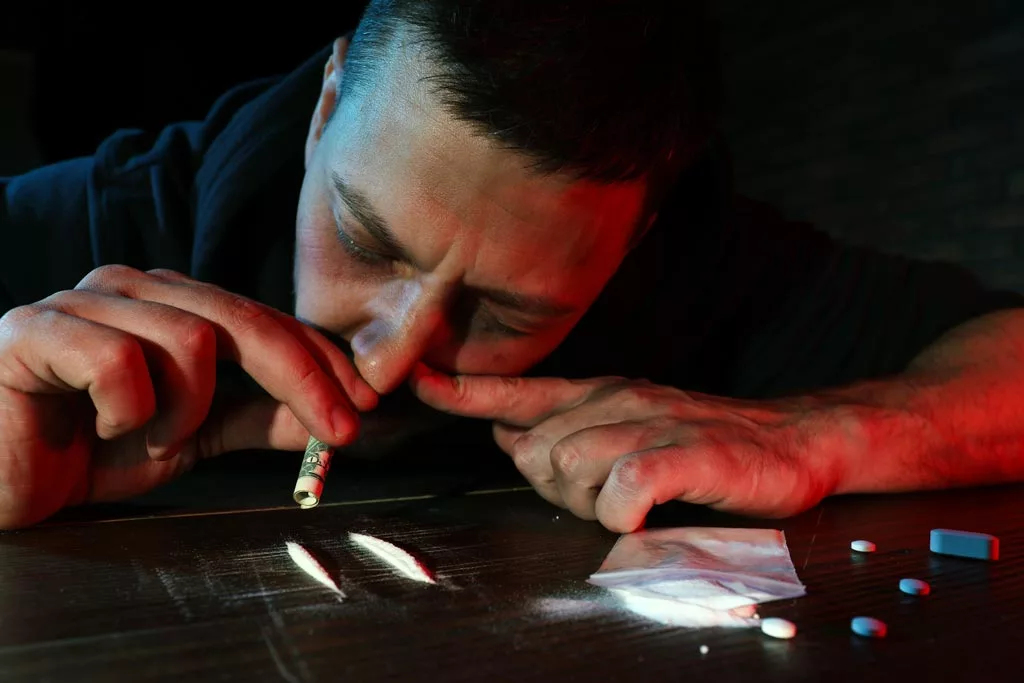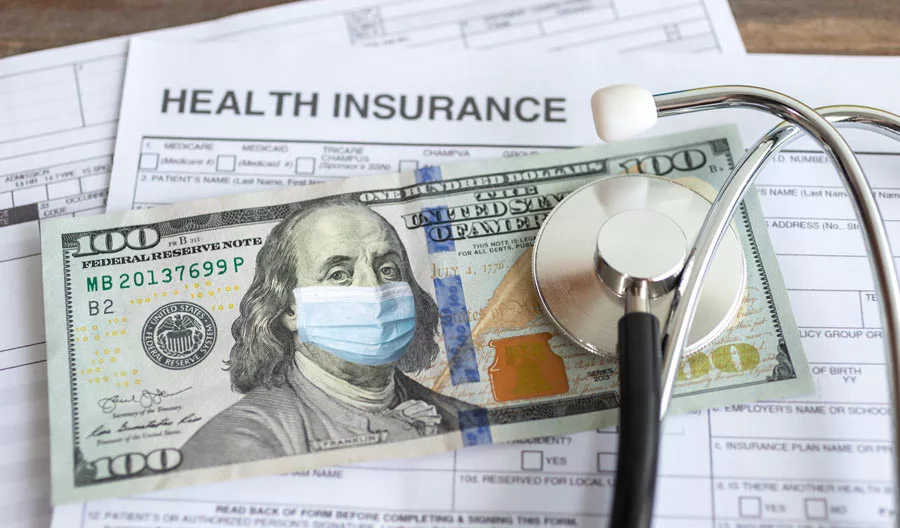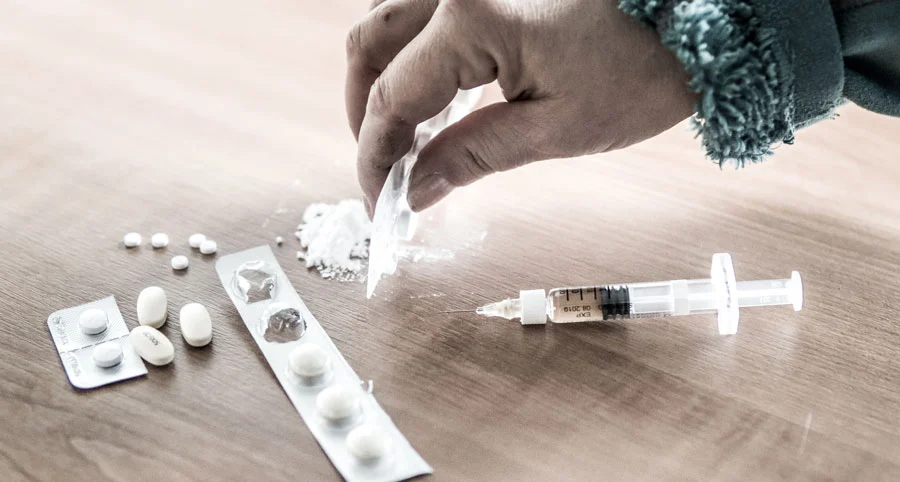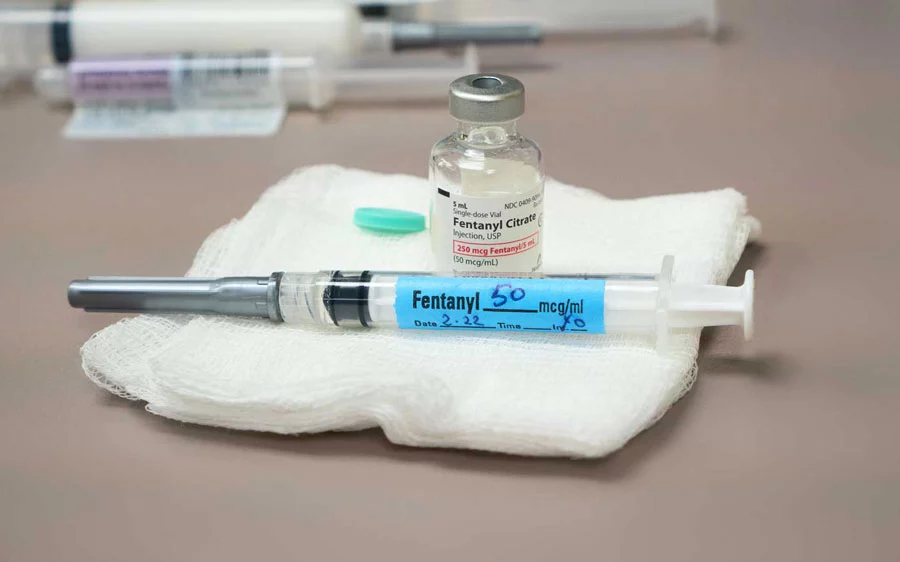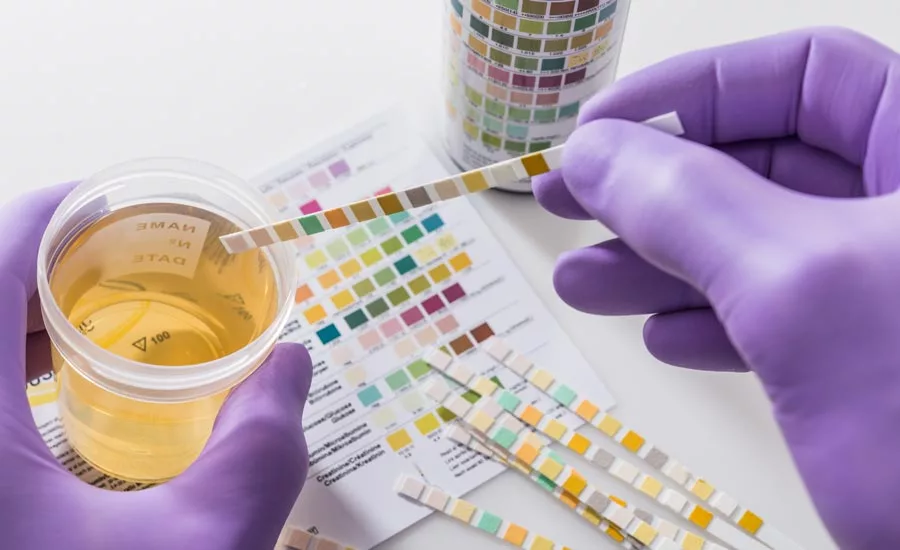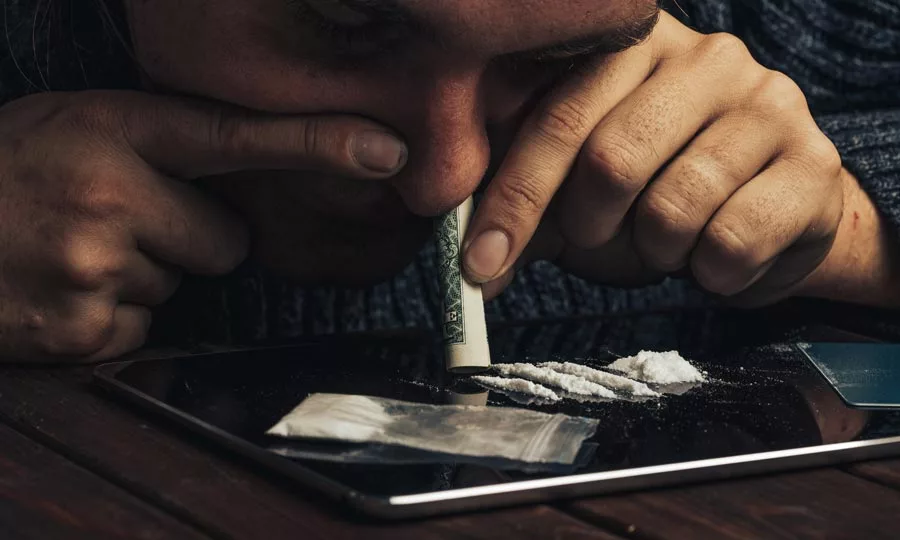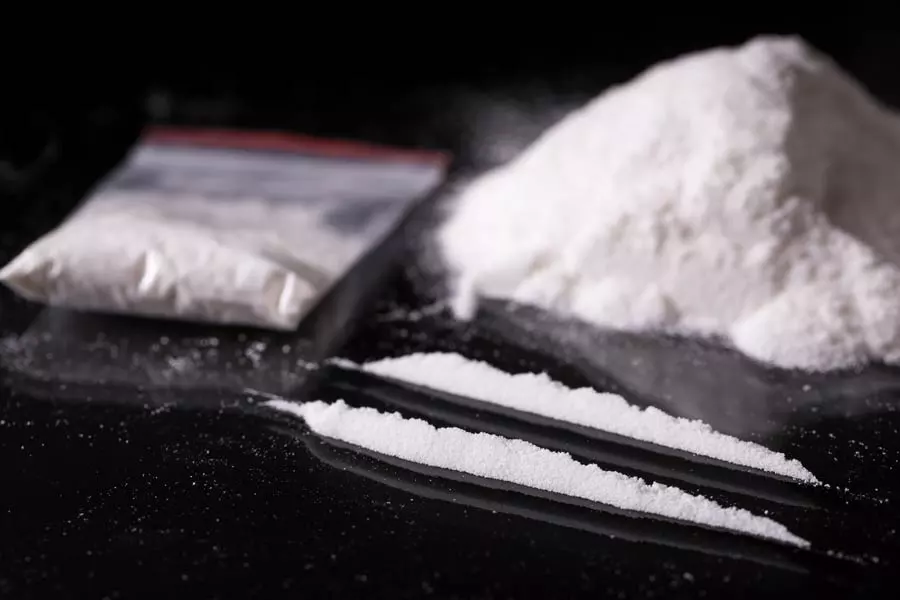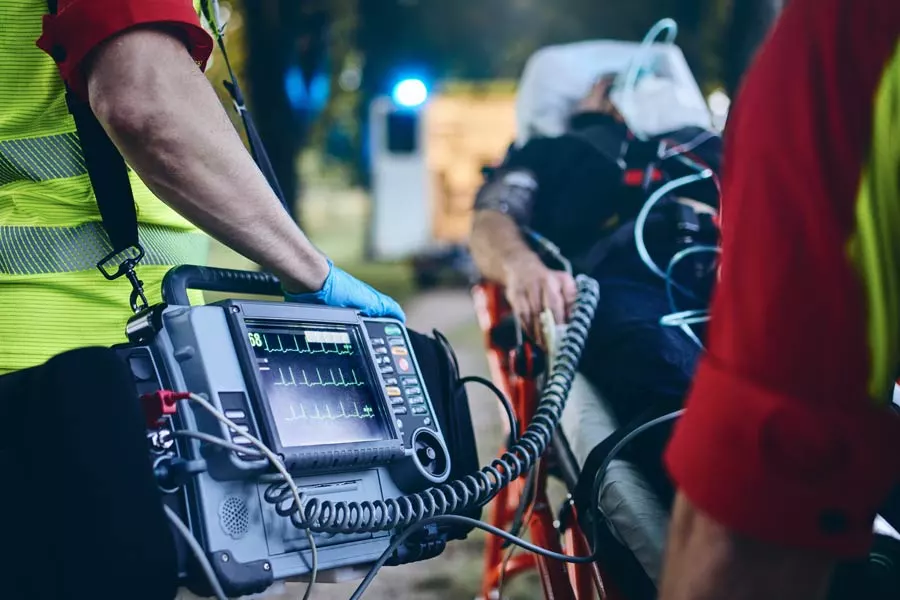Identifying the Signs of Methamphetamine Use
Methamphetamine, or meth, is one of America’s most notorious addictive substances. Use and manufacture of the drug are depicted in TV shows and movies with some regularity. These portrayals sometimes take a romantic or glamorous form. However, there is nothing glamorous about meth use. Anyone who consumes the drug can suffer a variety of serious health harms. Those harms include addiction and overdose. They also include other kinds of potentially lasting damage to your mental and physical functions.
Concerned that someone you know is using meth? Awareness of what the drug looks like can help you spot a potential problem. Knowledge of meth’s characteristic odors can also be important. The same holds true for the settings in which manufacture and use of the drug often occur. If you notice any signs of meth consumption, it might be time seek help for your affected friend or loved one.
What Is Meth?
What is meth? In other words, how is meth categorized and classified by scientists and doctors? Methamphetamine belongs to the amphetamine family of substances. Like all amphetamines, meth is a stimulant. This means that it speeds up the usual rate of activity in nerve cells in your:
- Brain
- Spinal cord
Together, these two structures form your central nervous system. Meth also speeds up the activity rate in your sympathetic nervous system. This system triggers involuntary activation of your “fight-or-flight” response. Things affected by that response include your:
- Heart rate
- Core body temperature
- Blood pressure
- Digestive system
- Level of sweat production
The vast majority of the meth distributed and sold in America is made illegally. A small percentage of the drug is sold legally as the medication Desoxyn. Today, most meth comes from Mexico. Hidden or clandestine labs also operate in various parts of the U.S.
What Does Meth Look Like
Not all methamphetamine looks the same. Instead, there are three common forms of meth: powder, base and crystal. Meth powder, sometimes referred to as speed, typically has a whitish or off-white color. It can be compacted under pressure to form pills.
Methamphetamine base is a brown, yellow or white substance with an oily or damp texture. Even excluding differences in color, batches of this substance are not uniform in appearance. Instead, base may look waxy or paste-like. Crystal gets its name from its crystalline or rock-like appearance. This form of meth is often translucent, which means that light passes through out. Crystal meth may also have a more solid, whitish color.
What Does Meth Smell Like When Smoked

Meth powder and base are not typically smoked. However, users can smoke the crystal version of the drug. What does meth smell like when it’s smoked? There is no single answer to this question. Why not? Meth labs can use a variety of chemicals to manufacture the drug. In turn, these chemicals have an impact on how it smells when burned.
Meth smoke can have a non-specific chemical-like odor. It may also smell more specifically like household cleaning products. In addition, meth smoke can have an odor similar to burning or burnt plastic. No matter the particular odor you smell, one thing is certain. Burning meth has a strong scent that will likely stand out and grab your attention.
What Does Meth Taste Like
Meth can also vary substantially in its taste. Some users of the drug describe its powder or pill form as tasting bitter. All forms of meth may also taste like the chemicals used to make them. In addition, flavoring agents are sometimes added to the drug. These agents help reduce the unpleasant taste of methamphetamine. They may also be used to help the drug seem more generally appealing.
What Does Meth Paraphernalia Look Like
When it comes to drugs, paraphernalia is a term with multiple meanings. It can refer to the equipment involved in the manufacture of illegal substances. It can also refer to anything used to hide illegal substances or consume them.
What does meth paraphernalia look like? Perhaps the most well-known item is a metal or glass pipe used to smoke the crystal form of the drug. You may also notice glass bongs that serve the same purpose.
A wide range of paraphernalia are associated with making meth in clandestine labs. Common examples include:
- Respirator masks
- Rubber gloves
- Various kinds of glassware
- Hoses made from rubber or plastic
- Lithium batteries
A wide assortment of chemicals are also used to make illegal meth. The list of these chemicals includes things such as:
- Hydrochloric, muriatic or sulfuric acid
- Camping fuel
- Pseudoephedrine- or ephedrine-based cold tablets or capsules
- Anhydrous ammonia
- Lithium extracted from batteries
- Hydrogen peroxide
- Lye
- Ether
All of these substances have a legal, legitimate use. It is only their use in meth manufacture that makes them illegal.
How to Recognize the Signs of Meth Cooking
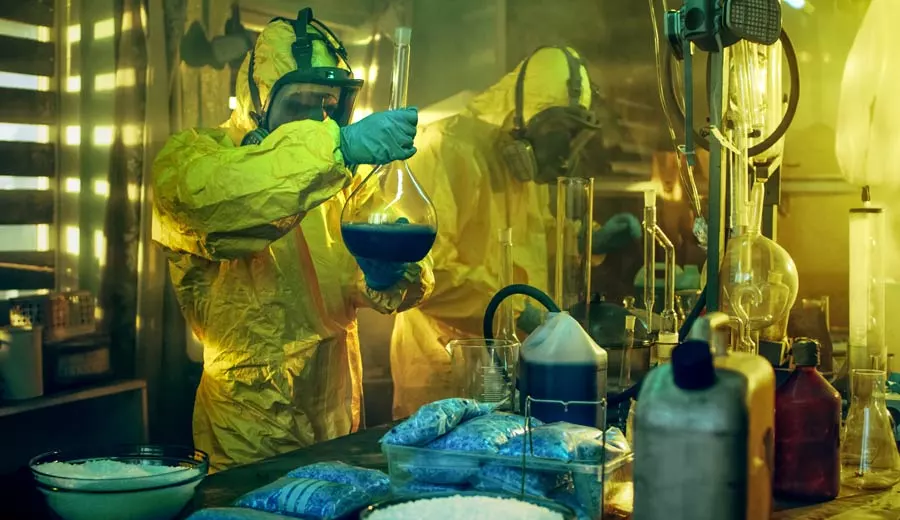
Clandestine meth labs are makeshift facilities designed to produce, or cook, illegal forms of the drug. These labs can be set up anyplace where there is room for them to fit. No matter where you live, you may find one on your street or in your neighborhood or area.
What are the signs of a meth cooking operation? Depending on your situation, you may notice any number of things. One potential telltale sign is a smell in the air that resembles rotten eggs, cat urine or ammonia. You may also notice a house or shed with covered or blacked out windows. Yard or vegetation damage caused by the burning or dumping of chemicals is another possible indicator.
Many meth labs are protected by multiple layers of security. Measures in place may include “No Trespassing” signs and strategically located outdoor cameras or monitors. In addition, they may include high fences and/or guard dogs.
Certain kinds of trash can also point to the presence of a meth cooking operation. Items you may spot include:
- Large numbers of cold tablet packages
- Coffee filters that are stained or coated in a powdery substance
- Broken-down lithium batteries
- Piles of empty chemical containers
- Plastic bottles with holes punched into them
- Used rubber gloves
- Discarded pieces of hose or plastic
Tweaking and Other Meth Warning Signs
Even without smelling anything or seeing actual meth, you may be able to tell if someone is using the drug. One classic sign is “tweaking.” This term refers to a grouping of symptoms that can occur after a period of heavy meth use. Such symptoms may include:
- Temporary loss of the ability to experience meth’s typical drug effects
- Extreme agitation
- Paranoia
- Insomnia
- A powerful urge to use more meth
- Violent outbursts
- Hallucinations
- Delusional thinking
The signs of tweaking overlap in many ways with the effects of meth withdrawal. Other potential signs that someone you know is withdrawing from the drug include:
- A depressed, irritable or anxious mental state
- Excessive sleepiness
- Difficulty concentrating
- Lack of physical energy
- Unusual slowing down or speeding up of their physical or mental reflexes
Withdrawal is just one sign that a person who uses meth has become addicted to the drug. Other indicators of addiction include:
- Losing control over how much meth they use, or how often they use it
- Having a routine that revolves around obtaining meth, using it and recovering from
- Turning down other activities in favor of using meth
- Not halting a pattern of meth use that clearly causes them significant harm
- Developing a rising tolerance to meth’s stimulant effects
How to Help a Loved One Using Meth

The best thing you can do for a loved one using meth is encourage them to enter a treatment program. This is not always easy to do. Many people who regularly use the drug have undergone profound mental and emotional changes. These changes may leave them unable to think clearly or rationally. A long-term user of meth may also be paranoid, delusional or violent. In addition, like anyone else affected by addiction, they may be in denial about their condition.
Try to approach the topic of seeking treatment as gently as possible. It helps to plan this kind of conversation in advance. It also helps to seek the advice of addiction specialists or intervention counselors.
Forms of Effective Treatment for Meth Addiction
Effective treatment for meth addiction is psychotherapy-based. The treatments of choice are behavioral therapies. Therapies of this type help your loved one change behaviors that support ongoing addiction. One option, cognitive behavioral therapy, is specifically known to help people with meth-related problems. Other therapies used to treat stimulant addiction in general include:
- Contingency management
- 12-step facilitation therapy
- The Matrix Model
Family therapy may also be used in the treatment of all forms of substance addiction.
Each form of therapy provides its own treatment benefits. The right combination of options can help your loved one do things such as:
- Reduce their cravings for meth
- Cope with stressful situations that may increase their cravings
- Stay sober during and after treatment
- Add a self-help group to their larger meth recovery plan
Learn More About Meth and Effective Addiction Treatment at Best Rehabs In Arizona
If you think someone you know is using meth, you may have a number of pressing questions. For example, what does meth look like? What does it smell like? How can you tell if some is cooking meth? What are the signs of meth addiction?
Get answers to these important questions at Best Rehabs In Arizona. With our help, you can detect the potential signs that your friend or family member is using meth. Best Rehabs In Arizona is also a premier provider of treatment for methamphetamine addiction. No matter the extent of your loved one’s addiction symptoms, we offer customized recovery options that suit their needs. To learn more about our comprehensive meth program, call us today.

